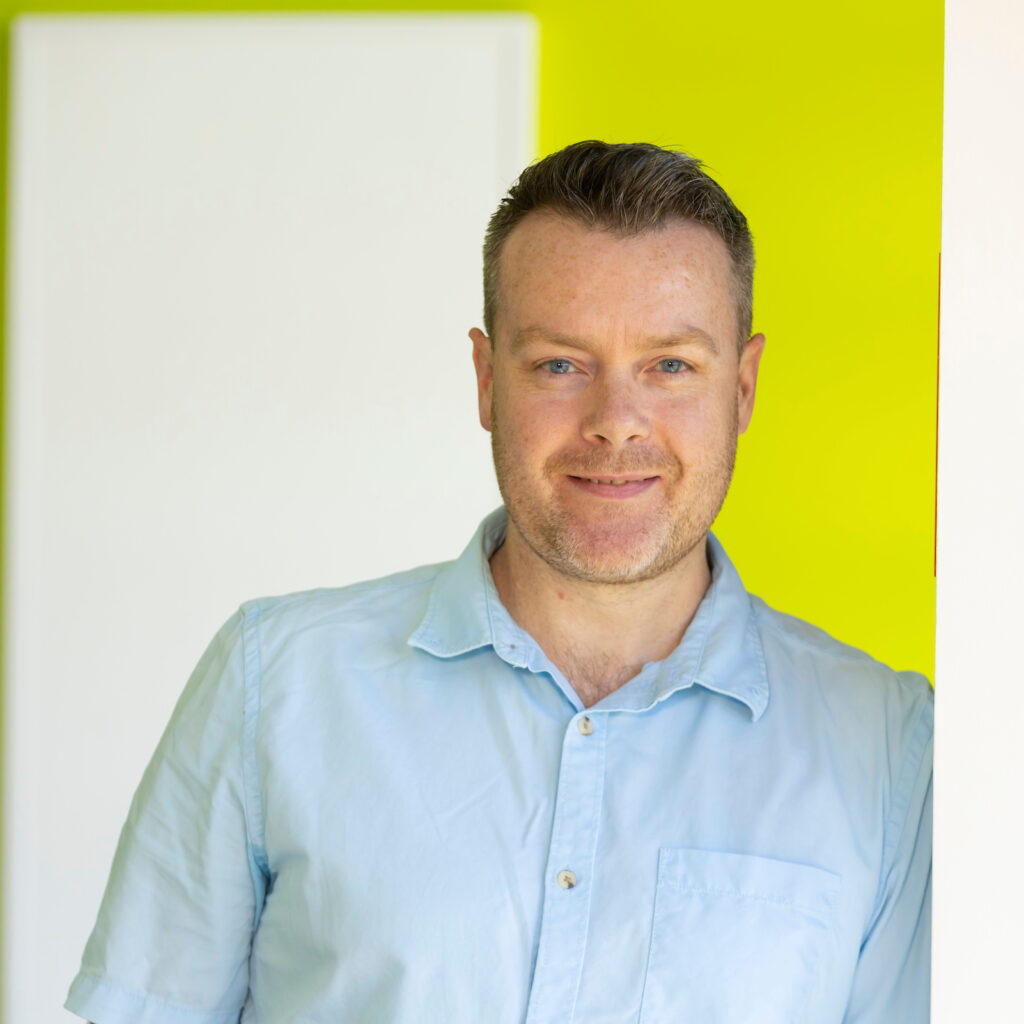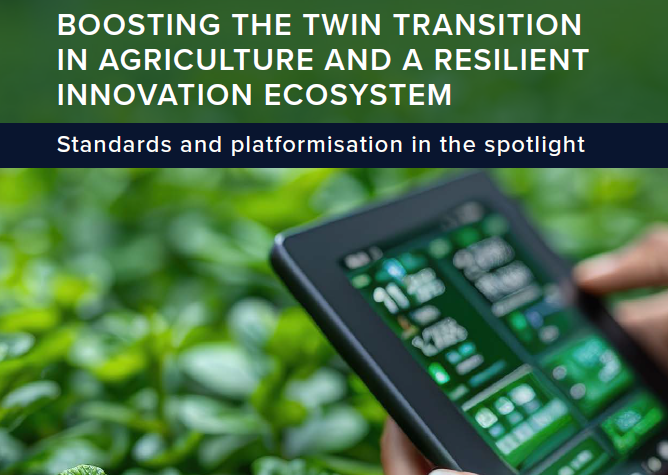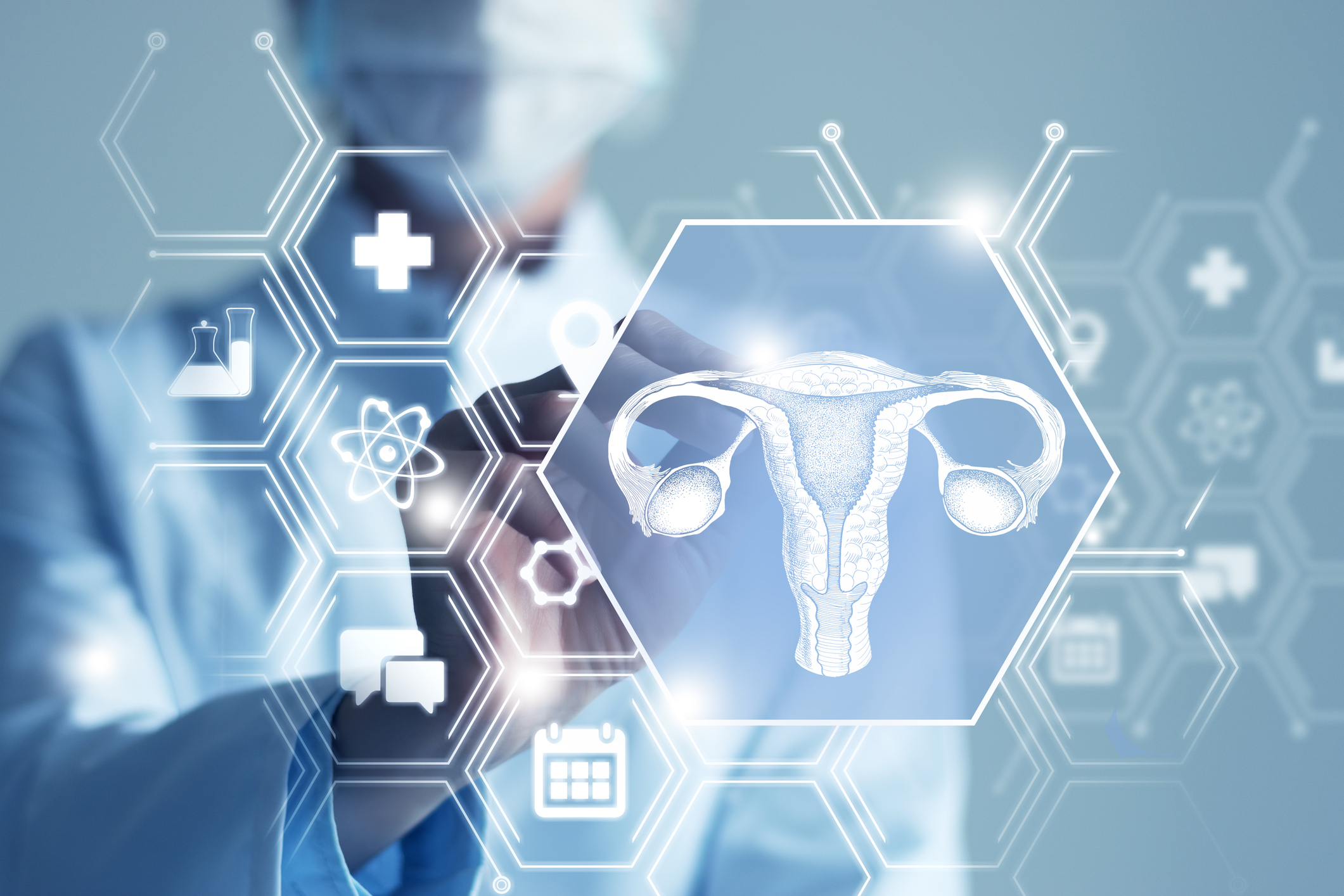How digital twins can help healthcare teams prepare for emergencies
Tags:
Original article can be found here.
Silicon Republic speaks to Daniel Hickey, software engineer in Walton Institute, SETU, about the role of extended reality (XR) and digital twinning in the healthcare sector. His aim is to demystify the technologies and bring to light the real-world applications to enhance training, create safer environments and improve decision making.
Tell us about your current research
My current research centres on the DDS MAP project. I developed a digital twin of a planned hospital in Bilbao, Spain, using blueprints provided to me by architects. This immersive virtual reality (VR) environment enables healthcare professionals to train for real-world scenarios. Additionally, I created an augmented reality (AR) application that visualises the hospital in ‘dollhouse’ mode, allowing users to explore its architectural components in detail.

This project is part of the EU4Health programme, which aims to enhance the digital competencies of healthcare professionals across Europe. As part of this initiative, we are focused on creating immersive training environments that simulate critical scenarios healthcare professionals might face, such as cybersecurity attacks. These VR environments enable users to practise their responses and have their actions assessed in a safe, controlled space.
By utilising AR and VR technologies, the aim is to bridge the gap between traditional training methods and the evolving demands of the healthcare sector. The integration of tools such as digital twins and micro-credentialling ensures that healthcare workers are not only prepared for current challenges but are also equipped to adapt to emerging technologies in their field.
In your opinion, why is your research important?
My research is important because it demonstrates the transformative potential of digital twins in reshaping professional training. By creating a highly accurate and immersive representation of a planned hospital, healthcare professionals can engage with real-world scenarios long before the physical building exists.
This approach not only enhances preparedness but also allows for cost-effective, repeatable training that is adaptable to various challenges, such as cybersecurity threats or emergency responses. The long-term impact lies in establishing digital twins as a core tool for improving training across healthcare and beyond, preparing a workforce to be resilient, adaptable and equipped to handle the complexities of a digital future.
What are some of the biggest challenges or misconceptions you face as a researcher in your field?
One major challenge is the perception that creating digital twins or immersive XR environments is purely a technical exercise. In reality, it requires a deep understanding of the end users’ needs, whether they are healthcare professionals, educators or others. Designing effective training tools goes beyond technical accuracy. I would say it’s about ensuring usability, engagement and relevance to real-world scenarios.
Another misconception is that digital twins are only valuable in industries like construction or engineering. Projects such as DDS MAP demonstrate that these tools have immense potential in areas such as healthcare, where they can simulate critical situations, assess responses and ultimately improve outcomes for both professionals and patients.
To read more about Daniel Hickey’s career and what inspires him read the full article on Silicon Republic.




